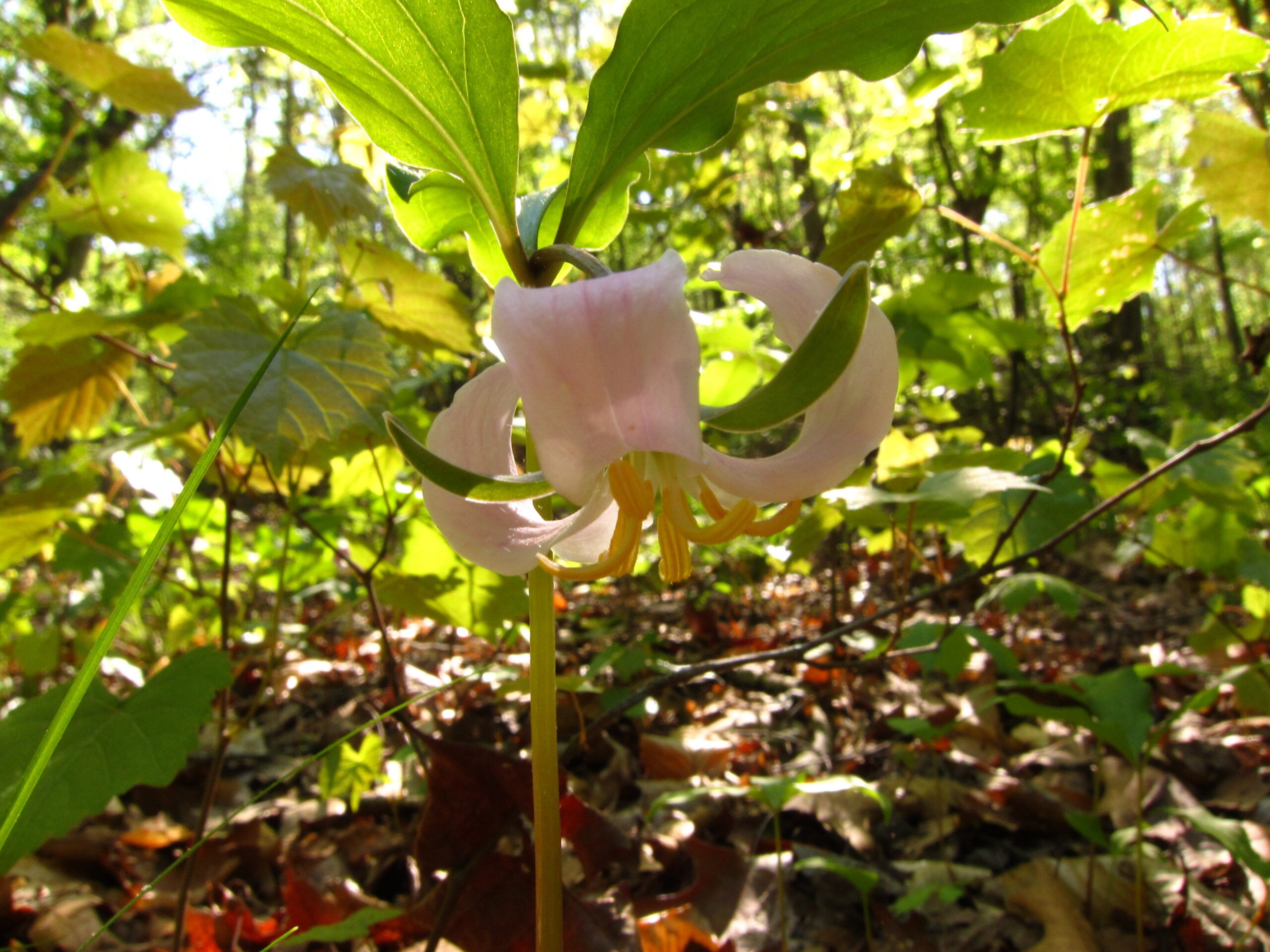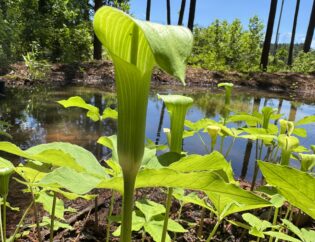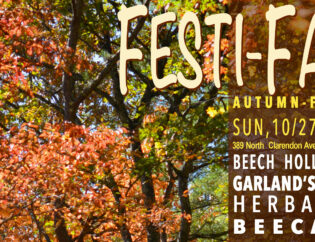
When spring arrives, the time for messing around with the roots of plants is mostly done…Roots are most often unseen, mysterious organs of food storage and, depending on the plant, naturally occurring vegetative propagation. They are the life anchor of the perennial plant throughout the winter, quietly biding their time until the sun comes back and warms the soil. All winter long roots may be quiet, perhaps unseen, but slowly they are preparing for spring's soft breezes.
Trilliums are in the Lily Order, and like so many lilies, they take a long time to mature. In fact, it can take about seven years for a trillium to go from germinated seed to blooming plant. Trilliums are long-lived plants and when happy they can easily last for decades, maybe longer.

If left alone some species may make a broad colony of crowns from both seeds and rhizome. They don’t like their roots messed with, so lifting trillium in the cold of winter when they are dormant is less stressful. The media that these plants were in was a couple years old and needed to be changed out. We also wanted to get a good count of the rhizomes, and see how they were faring; were they healthy? Were the roots good, the rhizomes nice and firm? Yup, look at that fat thing!
This trillium root is rather stocky, looks happy, with ridges and rumples and eyes, and will probably bloom in the spring. There are ways to encourage vegetative propagation in trillium by lightly cutting or wounding the roots, but we won’t be trying that this year. We may experiment with a scoring technique on our Trillium rugelii patch next winter.
Why are they called Trillium? Three leaves, three sepals, and three petals. Why are they called Wakerobin? I guess because they are VERY early blooming plants; trillium are ephemeral, and finish blooming before the trees are fully leafed out. Their fruit is setting by May, and by sometime in June the ants have scattered the seed across the forest floor. By the Dog Days of August most of the leaves are gone, hence the label "ephemeral"; kinda the opposite of evergreen. Here are a few pictures of the plants in the spring:

The trillium in the photo above was photographed yesterday, it is just pushing it's way through the soil. You can see the pointy flower bud nestled in the cluster of leaves to the left. This species has deep lavender anthers and the pollen is deep lavender. The petals are a pale bluish-pink.
The picture at the top of the blog post was taken in Beech Hollow in 2012. This is a relatively common species of trillium, Trillium catesbaeii; the anthers and pollen are yellow. Both Trillium catesbaeii and Trillium rugelii are pedicillate trilliums, meaning the flowers are borne on short stalks at the center of the whorl of leaves. As this flower gets older, the veins in the petals may become a deep magenta, and the pink may become rosier. Maybe it's blushing? Bashful?

Sessile trillium have the flowers nestled on top of the junction of their photogenic leafy trio. Many of the sessile species have leaves dappled in pale blue green, freckled with green and brown; several species have rather ordinary Kelley green foliage. Blooms can vary from a clear yellow, as in Trillium luteum, or deep burgundy to burgundy-brown as in Trillium cuneatum.









